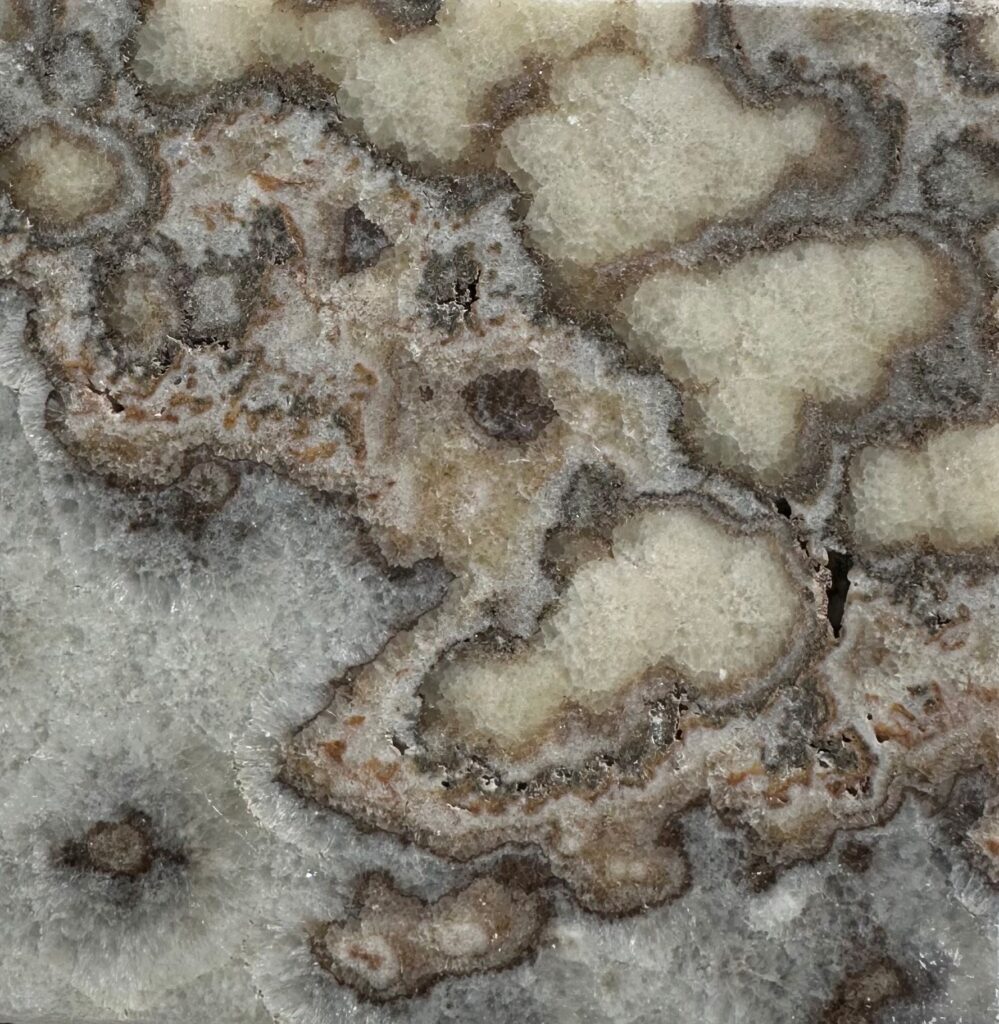
Onyx Natural Stone
Formation and Composition of Onyx
Onyx isn’t your typical stone. It forms inside caves, slowly, over thousands of years. Water drips, minerals build up, and over time, those layers turn into onyx. That’s why you see all those bands and colors—it’s nature doing its thing. It’s made mostly of calcite and has this cool, see-through quality that lets it glow when backlit. No other stone really does that.
Types of Onyx and Color Variations
- White Onyx: Clean and simple. Works great in modern spaces.
- Green Onyx: Calming and soft—feels fresh and spa-like.
- Black Onyx: Deep and bold. Adds drama to a space.
- Honey Onyx: Warm and golden. Makes things feel cozy and rich.
- Pink Onyx: Light and rare. Subtle but definitely eye-catching.
- Blue Onyx: Cool-toned and unique. A solid choice if you want something different.
Advantages of Onyx in Interior Design
People love onyx because it stands out. The glow, the color, the patterns—no two pieces are the same. You can light it from behind, and it creates this soft, glowing effect that grabs attention. It’s also lighter than granite or marble, which helps with some installs. It’s a favorite for walls, bars, and feature areas where you want something truly special.
Challenges of Using Onyx
Looks aside, onyx does need a bit more care. It’s softer than most stones, so it can scratch or stain if you’re not careful. Acidic stuff like wine or lemon juice can leave marks. Best to seal it and use gentle cleaners. It’s not a high-traffic kitchen surface—but it’s amazing for decorative features.
Onyx vs. Other Natural Stones
- Onyx vs. Marble: Onyx glows. Marble doesn’t. But marble’s stronger for daily use.
- Onyx vs. Granite: Granite is tougher, but onyx has way more visual impact.
- Onyx vs. Quartzite: Quartzite is durable and practical. Onyx is more for show and mood.
How to Maintain Onyx Stone
- Seal it: Keeps out moisture and stains. Worth doing regularly.
- Clean gently: Soft cloth, pH-neutral cleaner—nothing harsh.
- Avoid acids: Skip vinegar, citrus, or anything too strong.
- Protect it: Use coasters, mats, and don’t drag stuff across it.
Where to Buy High-Quality Onyx
If you’re serious about using onyx, go for the good stuff. In Langley, BC, check out Works of Stone. They offer premium slabs and can help you design something custom, whether it’s a backlit panel or a standout wall feature.
Get Inspired: Stunning Onyx Interiors
Onyx isn’t just a surface—it’s a statement. It glows. It shifts. It catches the light in a way no other stone does. Whether it’s in a bathroom, behind a bar, or on a feature wall, it brings a certain kind of magic. Want to see what’s possible? Take a look at these onyx interiors for a little inspiration.
